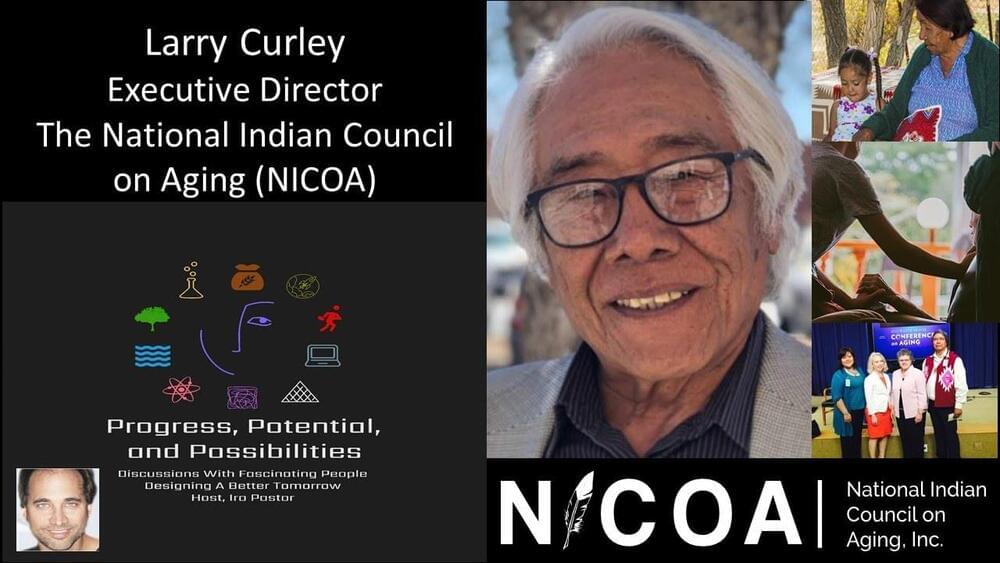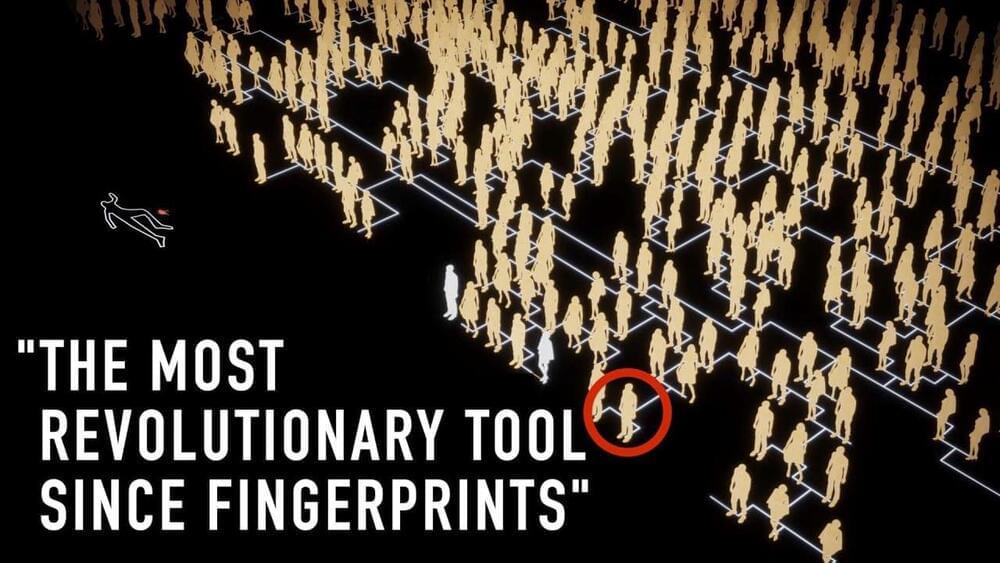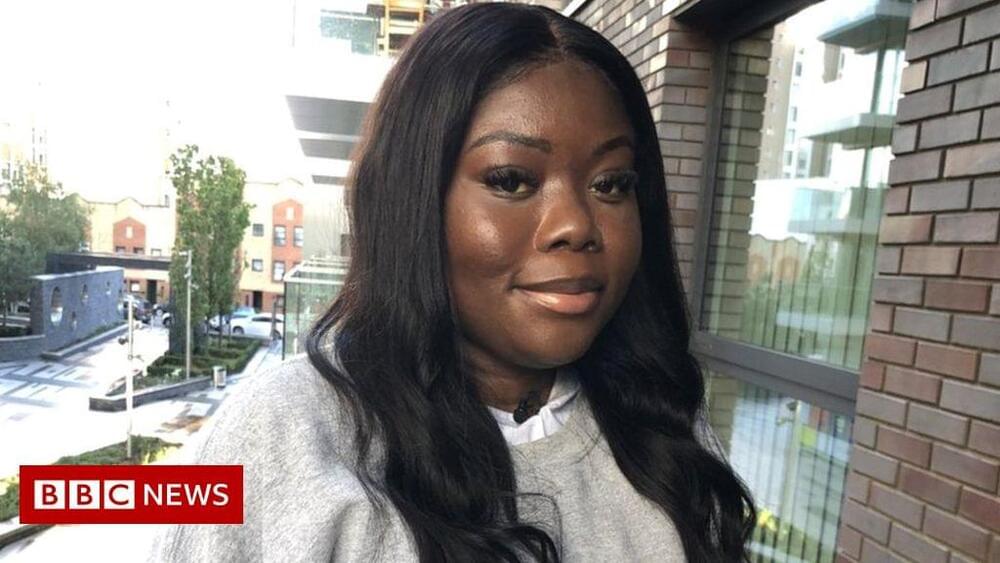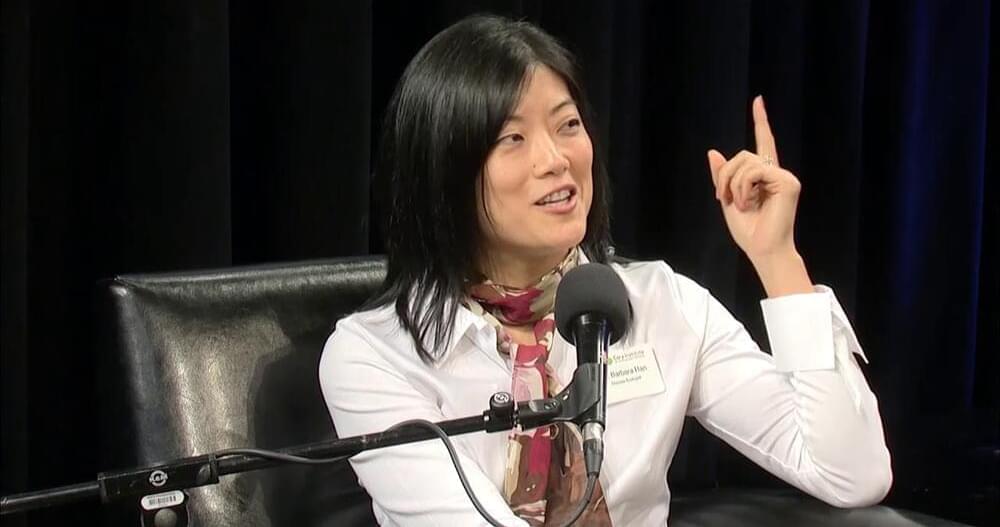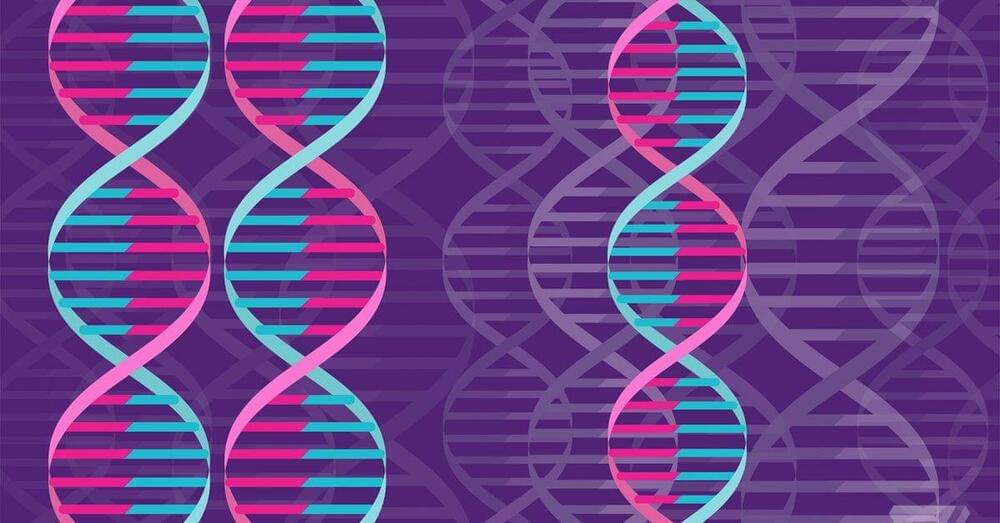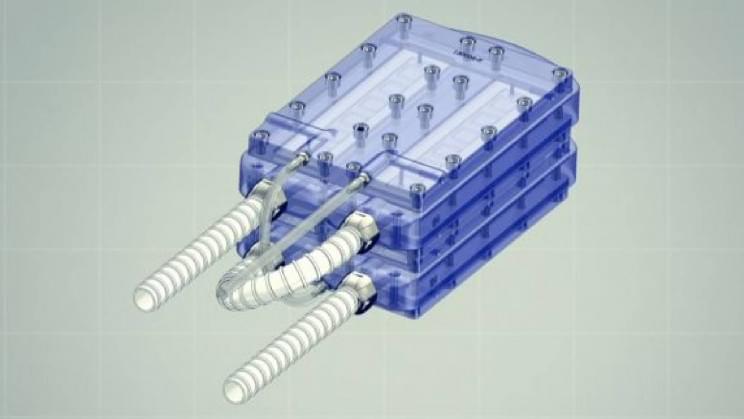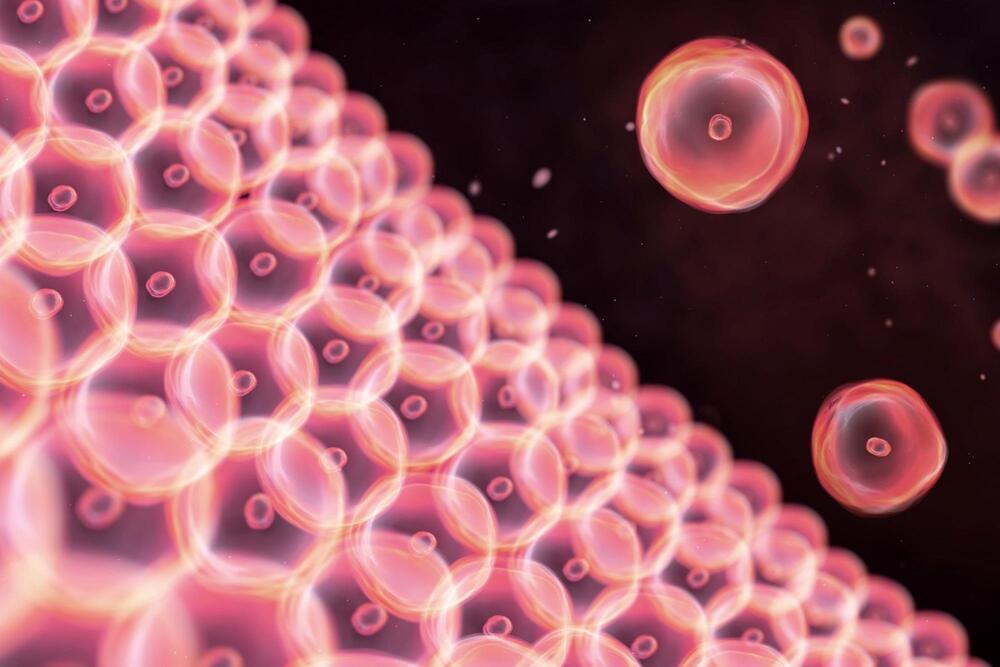Oct 5, 2021
Larry Curley — Executive Director — The National Indian Council on Aging (NICOA)
Posted by Ira S. Pastor in categories: biotech/medical, economics, government, life extension
Comprehensive health, social services and economic well-being for american indian and alaska native elders — larry curley, executive director, national indian council on aging.
Mr. Larry Curley is Executive Director of The National Indian Council on Aging (https://www.nicoa.org/), a 501©(3) nonprofit organization founded in 1976 by members of the National Tribal Chairmen’s Association who called for a national organization focused on the needs of aging American Indian and Alaska Native elders. The mission of NICOA is to advocate for improved comprehensive health, social services and economic well-being for American Indian and Alaska Native elders.
